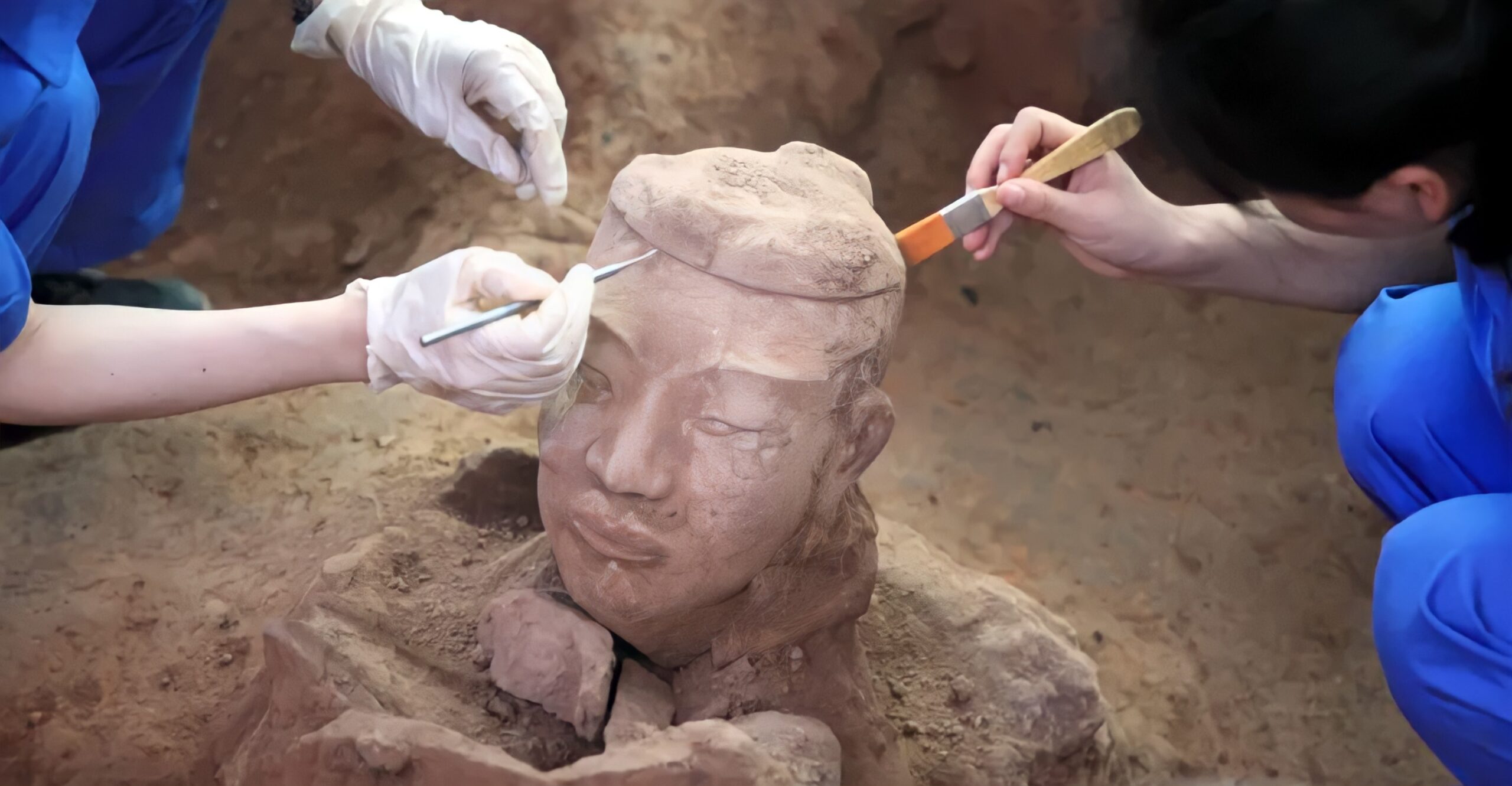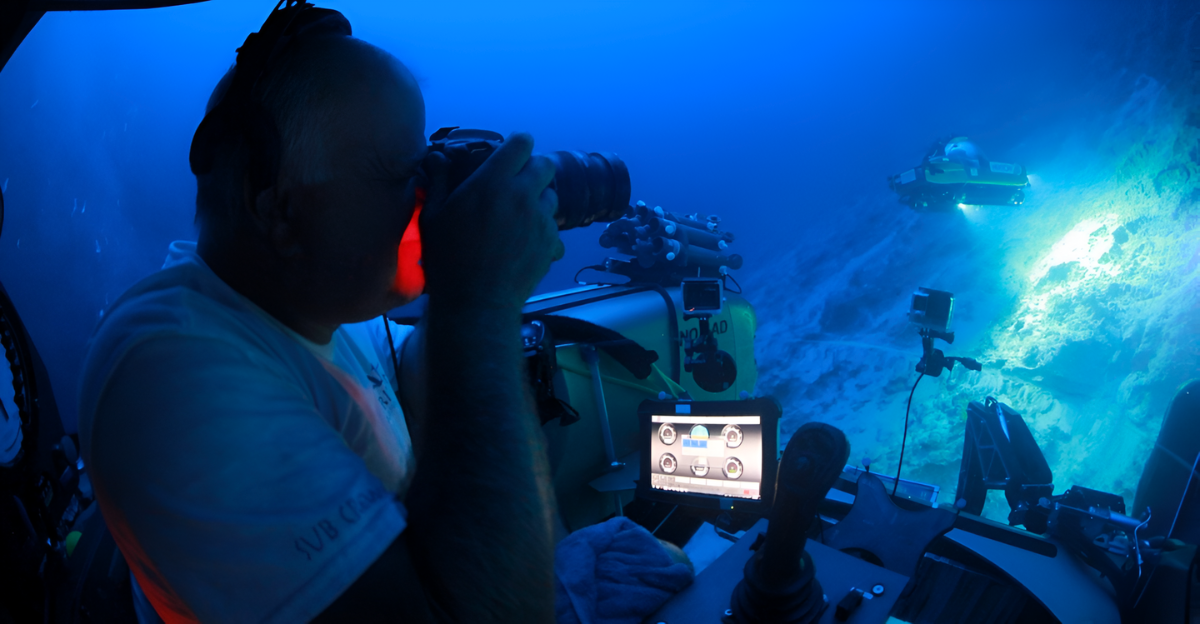
The Grand Canyon is just one of those places you have to see at least once in your life, and it’ll take your breath away. It has always been one of the most remarkable sights and has just become even more remarkable with a recent find. Paleontologists have unearthed an extraordinary trove of exceptionally preserved fossils dating back to the Cambrian explosion, a pivotal era between 507 and 502 million years ago when complex animal life first flourished on Earth.
This astonishing find, the first of its kind in the Grand Canyon, opens up new doors of exploration within the canyon’s deep layers.
The Expedition that Started It All
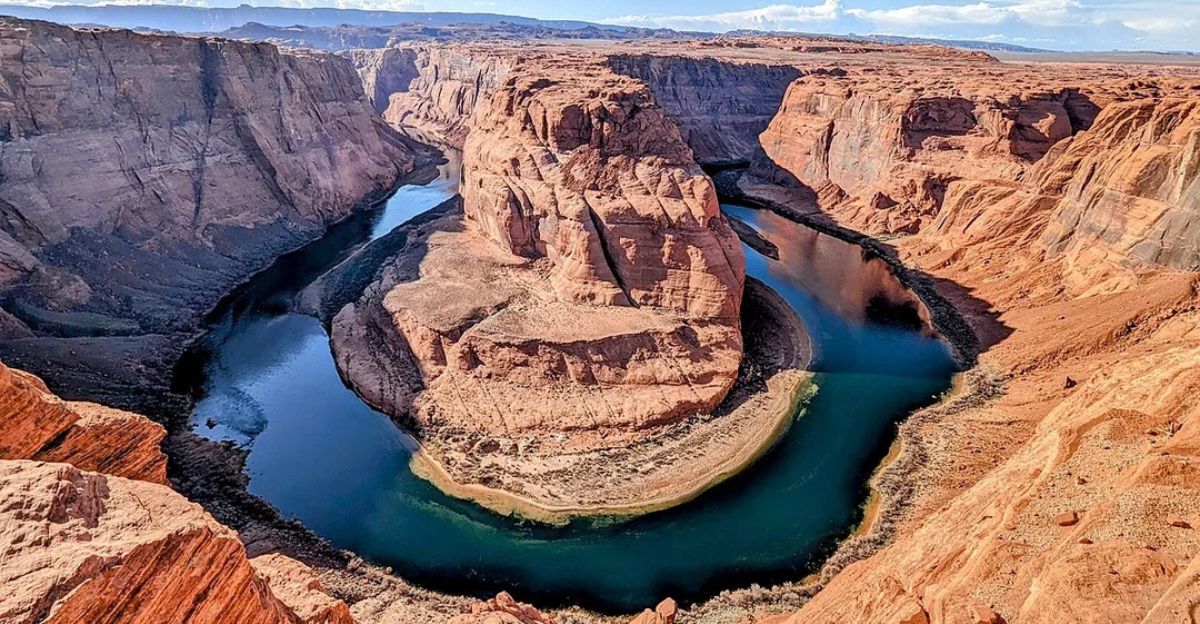
During an expedition in 2023, a team of scientists from the University of Cambridge, alongside U.S. collaborators, navigated the canyon via the Colorado River in search of traces of early animal life. The researchers methodically collected 29 shale samples from the canyon’s ancient mud-rich rock layers, targeting fine-grained deposits they suspected could preserve delicate fossils of soft-bodied creatures.
“We collected a total of 29 samples of diverse shale lithologies, ranging from massive to fissile, gray to purple, and with various degrees of weathering and dolomitization,” the team noted.
A “Goldilocks Zone” for Evolution
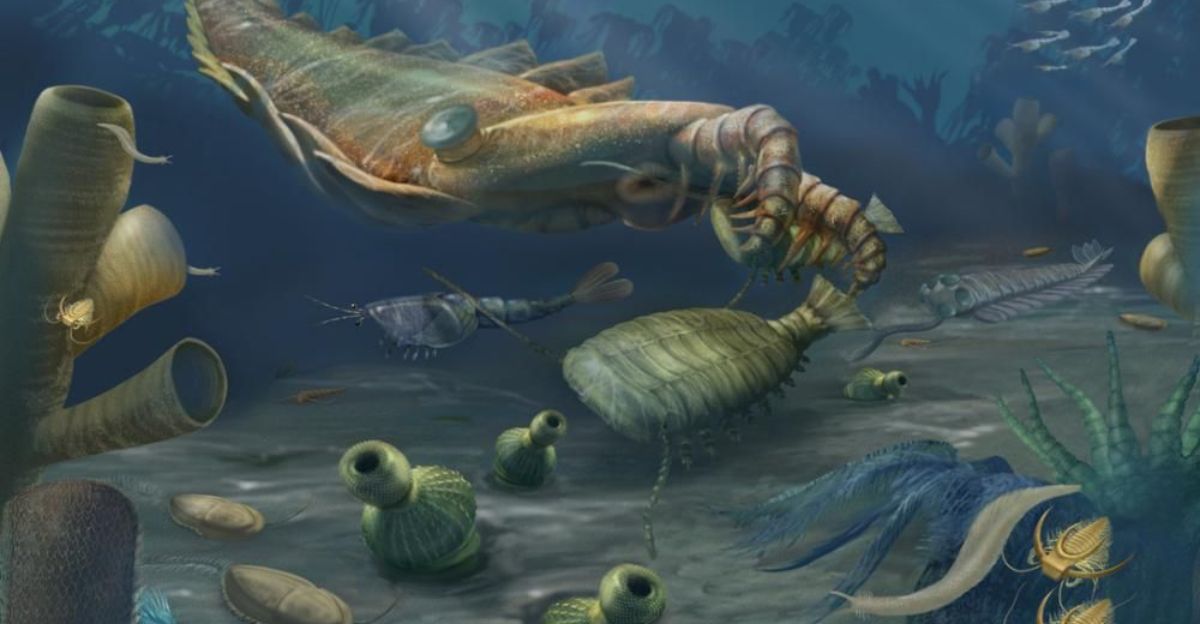
During the Cambrian period, this region was submerged beneath a shallow, equatorial sea teeming with oxygen and nutrients but sheltered from the extremes that could hinder evolutionary innovation.
These optimal conditions allowed early animals to thrive in their environments and take on some remarkable adaptations.
A Rare Fossil Record
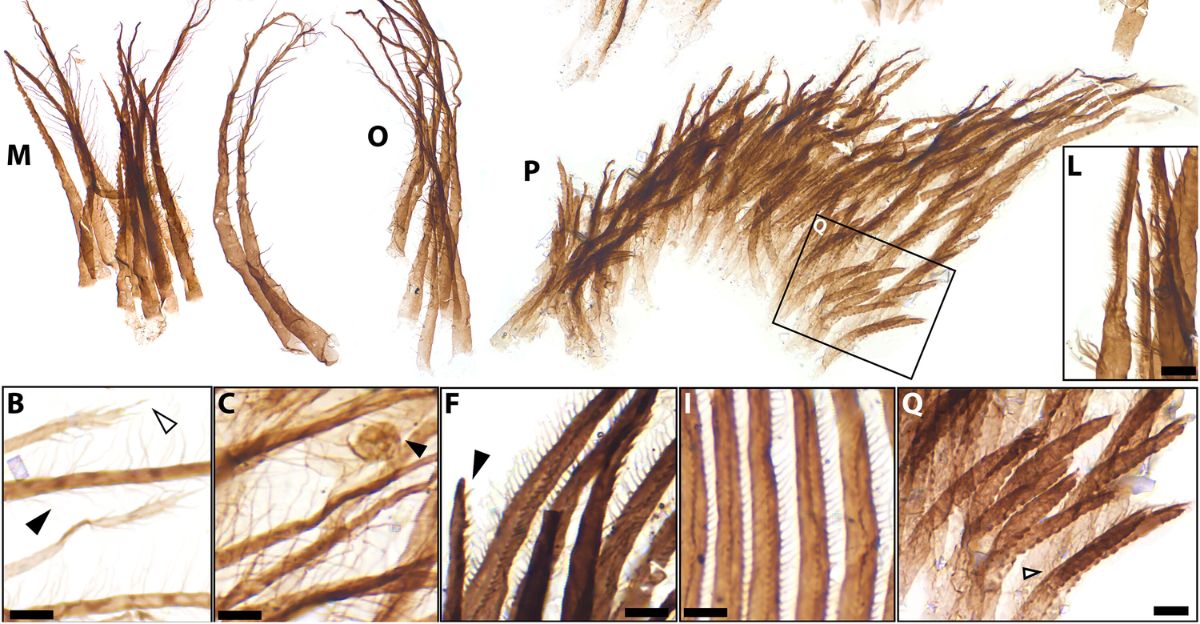
Unlike most fossil discoveries, which tend to highlight animals with hard shells or bones, the Grand Canyon’s Cambrian trove stands out for its exquisitely preserved soft-bodied fauna. These delicate fossils, dating back over 500 million years, capture a vibrant variety of ancient life, such as rock-scraping mollusks, filter-feeding crustaceans resembling modern brine shrimp, and toothed worms with elaborate teeth.
“With these kinds of fossils, we can better study their morphology, their appearance, and their lifestyle in much greater resolution, which is not possible with the shelly parts,” said Giovanni Mussini, the first author of the study published in the journal Science Advances.
The Extraction Method
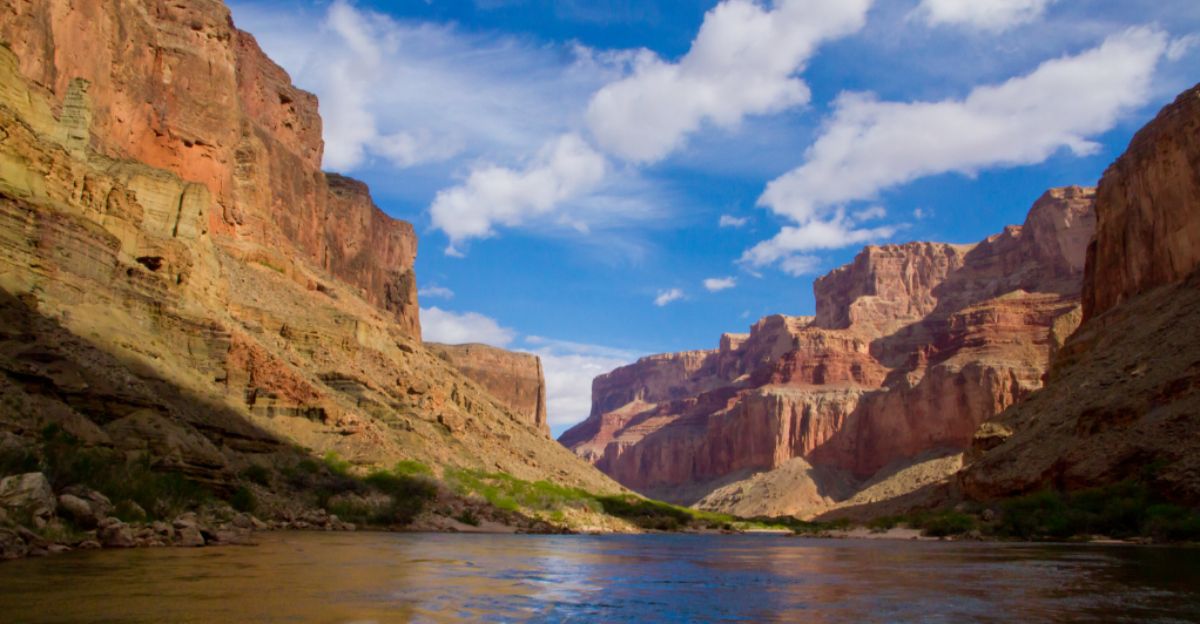
After collecting the fist-sized rock samples along the Colorado River, researchers brought them back to the lab, where they initiated the meticulous extraction process. Each rock was immersed in a solution of hydrofluoric acid.
This powerful acid gradually dissolved the shale’s mineral matrix, freeing thousands of microscopic fossils that had been locked away since the Cambrian period. The resulting sediment was passed through a series of fine sieves, allowing paleontologists to isolate and recover fragments of ancient soft-bodied animals.
Ancient Ecosystems
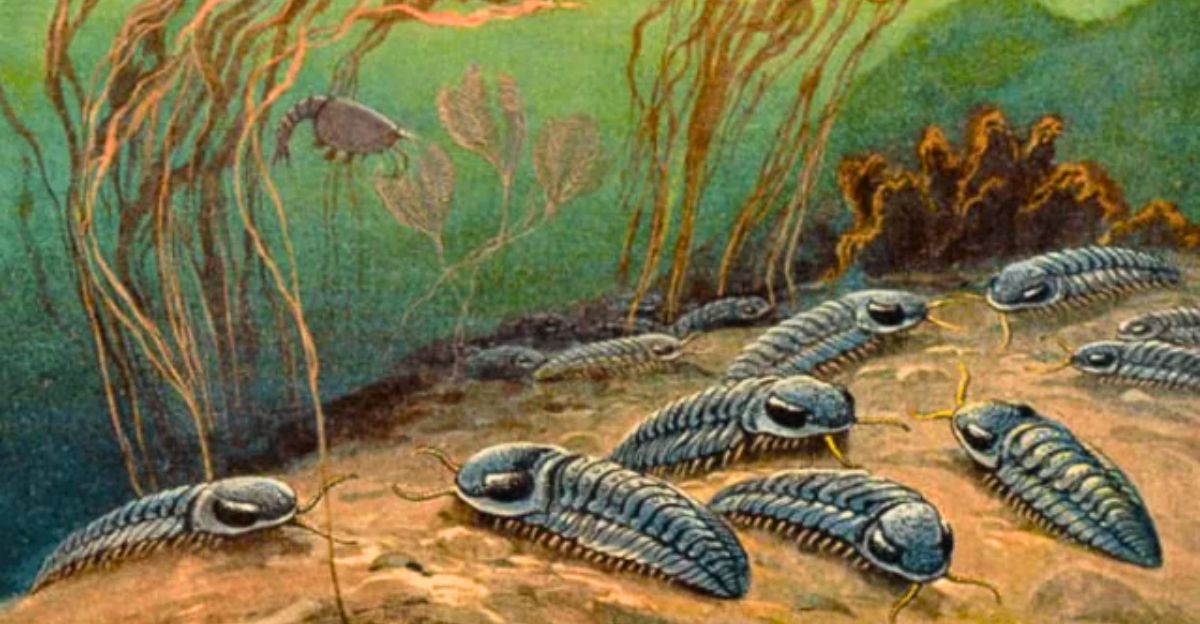
The ancient ecosystem in the Grand Canyon vividly portrays life during the Cambrian period, when Earth’s oceans were bursting with evolutionary innovation. Around 507–502 million years ago, what is now the canyon’s rocky landscape lay beneath a shallow, warm, equatorial sea teeming with diverse marine organisms.
“By combining these fossils with traces of their burrowing, walking, and feeding—which are found all over the Grand Canyon—we’re able to piece together an entire ancient ecosystem,” said first author Giovanni Mussini, a Ph.D. student in Cambridge’s Department of Earth Sciences.
Discovery of a “Peanut Worm”
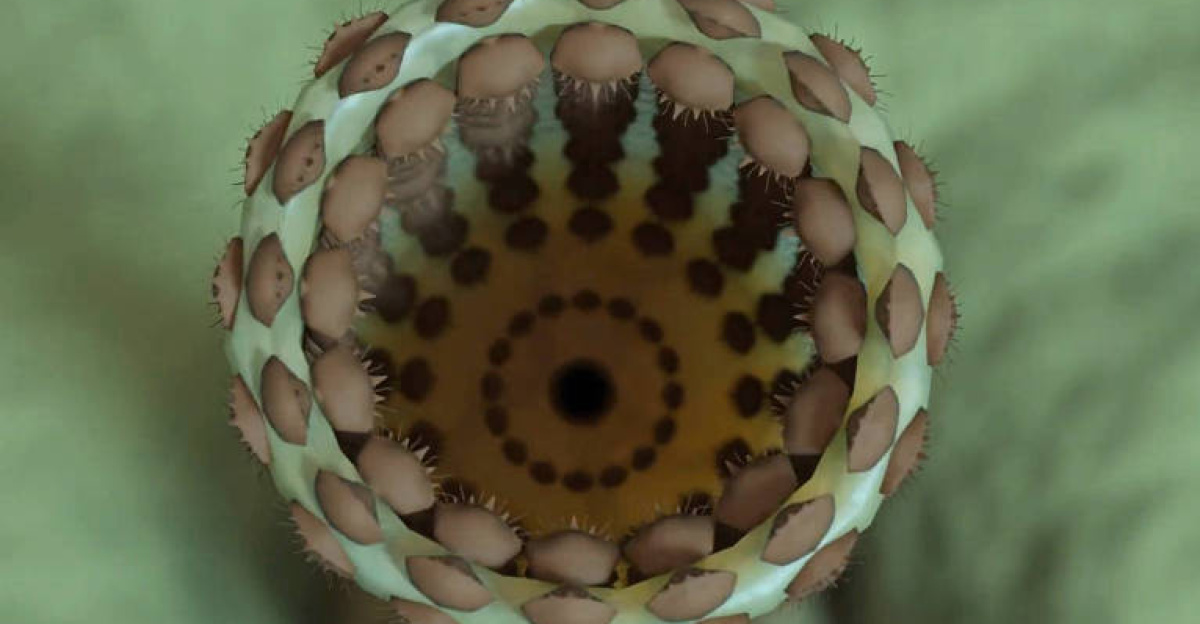
One of the most remarkable discoveries was a new species of “Peanut Worm,” scientifically named Kraytdraco spectatus. This ancient priapulid worm stunned researchers with its unique anatomy.
It had hundreds of complex, branching teeth arranged around its extendable, tubular mouth. These teeth allowed the worm to sweep food particles from the Cambrian seafloor with impressive efficiency.
“We can see from these fossils that Cambrian animals had wide variety of feeding styles used to process their food, some which have modern counterparts, and some that are more exotic,” said Mussini.
Early Animal Adaptations
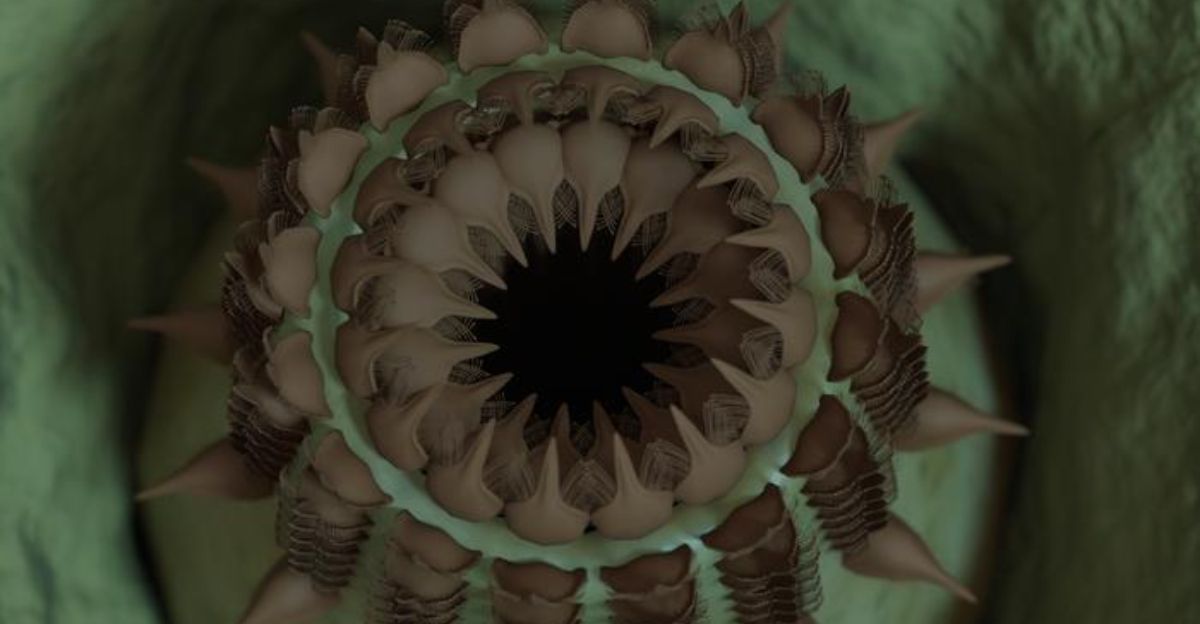
Amid abundant oxygen and nutrients, early marine creatures had specialized feeding mechanisms like the intricate chains of teeth on mollusks for scraping algae from rocks, and crustaceans’ comb-like mouthparts that could filter food particles from the water.
“These were cutting-edge ‘technologies’ for their time, integrating multiple anatomical parts into high-powered feeding systems,” said Mussini.
Why Search the Grand Canyon?
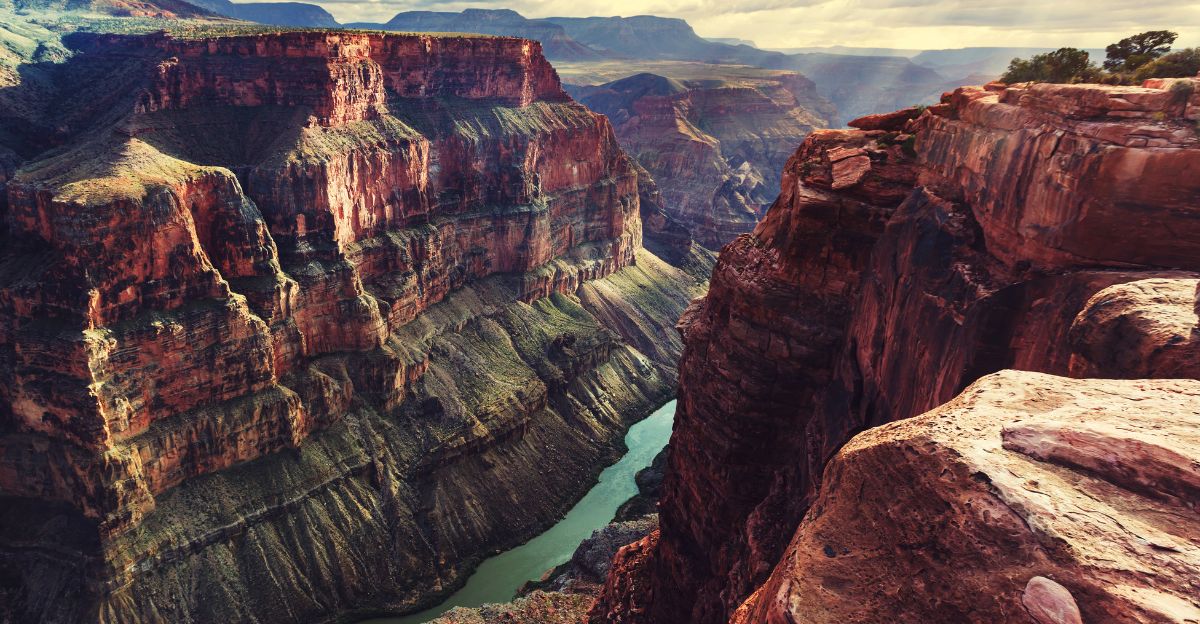
The canyon’s fine-grained, easily split mud rocks, especially those in the Bright Angel Formation, acted as natural time capsules, quickly burying delicate creatures and shielding them from decay. This combination of gentle burial, oxygen-rich water, and rapid sedimentation enabled rare soft tissues, intricate feeding tools, and even traces of ancient meals to be preserved in remarkable detail.
“But the geology of the Grand Canyon, which contains lots of fine-grained and easily split mud rocks, suggested to us that it might be just the sort of place where we might be able to find some of these fossils,” said Mussini.
Opportunity to Evolve
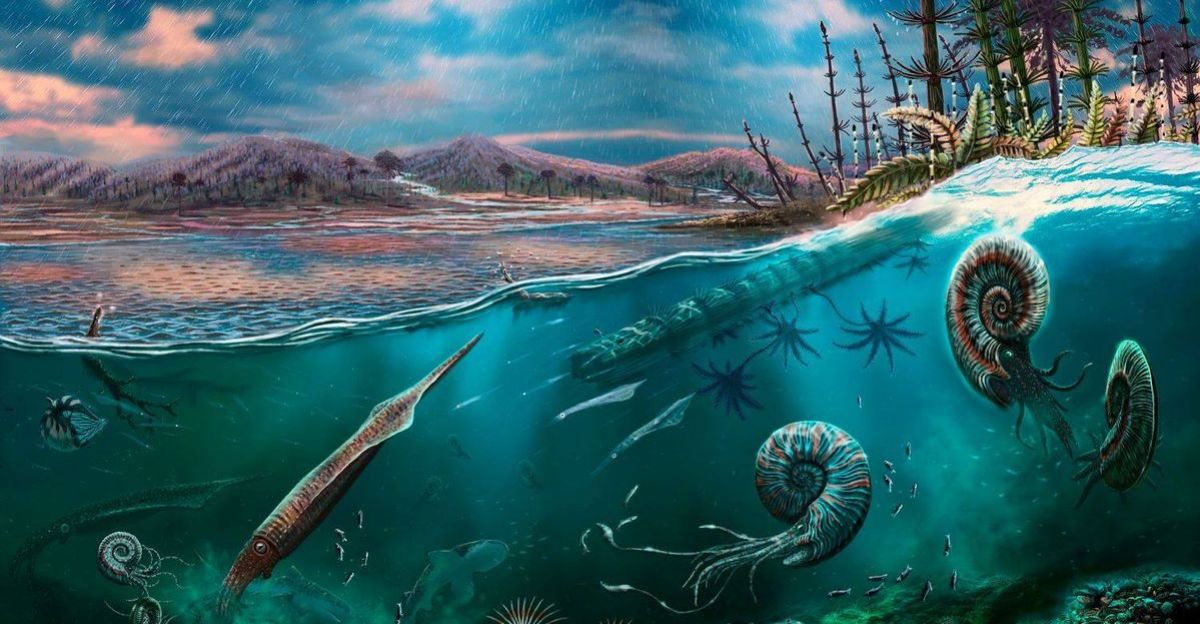
Evolution here wasn’t just about survival but about exploration and innovation. Creatures could afford to test new feeding strategies, develop unique body parts, and adapt behaviors to outcompete rivals or take advantage of fresh resources.
“Animals needed to keep ahead of the competition through complex, costly innovations, but the environment allowed them to do that,” said Mussini. “In a more resource-starved environment, animals can’t afford to make that sort of physiological investment.”
Trace Fossils Proving Ancient Behaviors
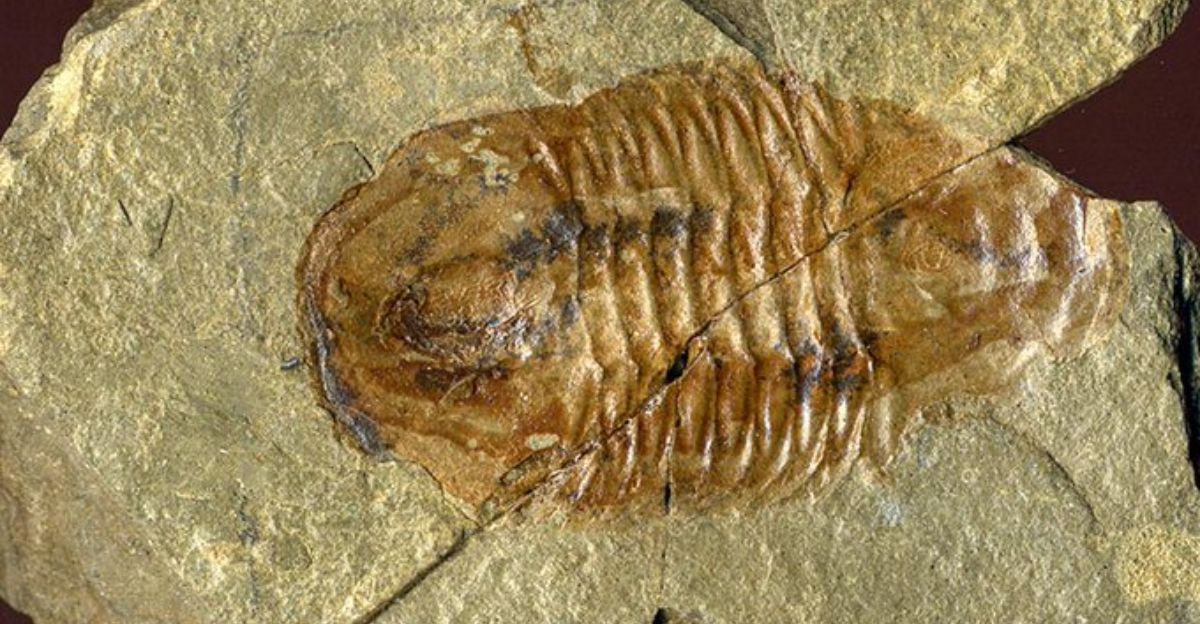
These fossils include networks of burrows, winding trails, and feeding marks left in the sediment by worms and arthropods. These traces show how animals tunneled for shelter, searched for food, or traveled across the seafloor.
Scientists reconstruct the Cambrian sea’s daily life and ecological complexity by studying the patterns, depths, and structures of these ancient footprints and burrows.
A Look Into Ancient Climate
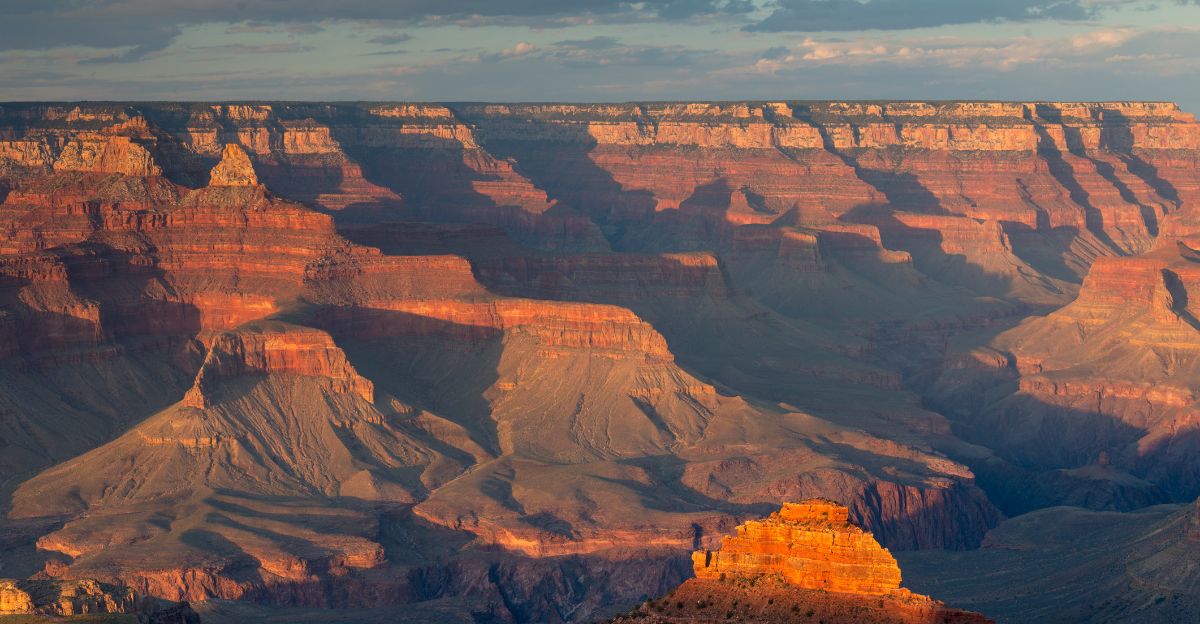
During the Cambrian period, the Grand Canyon region was located just below the equator and submerged beneath a warm, shallow sea. Average ocean surface temperatures in tropical zones may have ranged from 82–100°F, significantly warmer than today’s tropics.
The geology of the Grand Canyon preserves evidence of these dynamic environments, documenting the muddy, oxygen—and nutrient-rich waters that promoted exceptional fossil preservation and bursts of animal diversity.
New Perspectives on Evolution
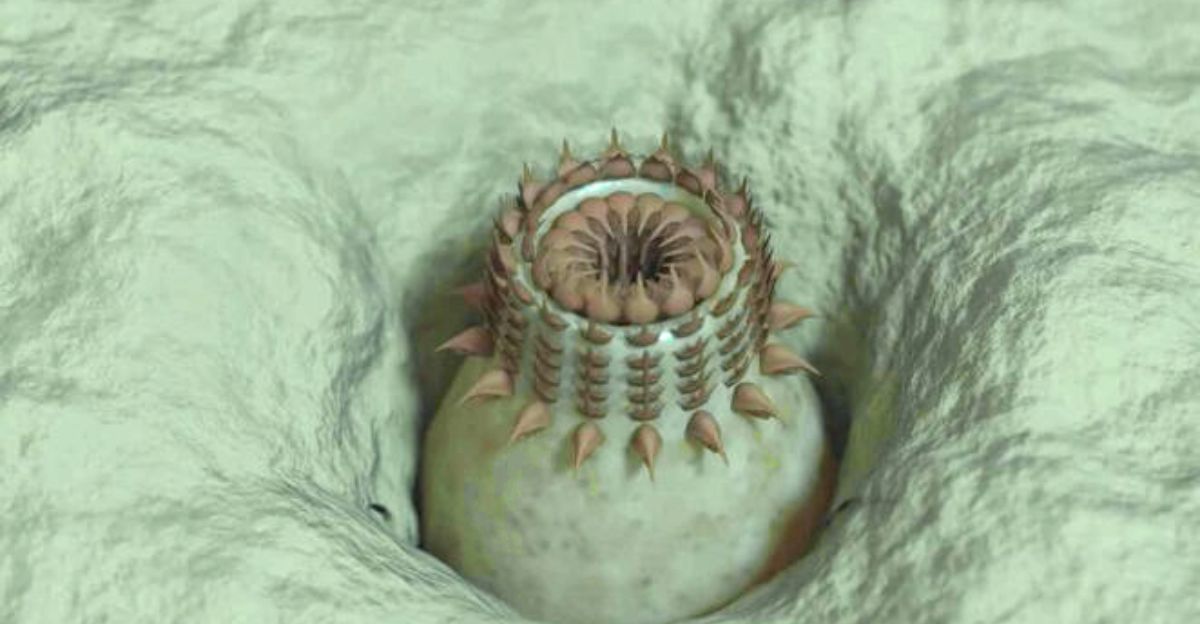
Until now, most soft-bodied fossil finds originated from harsh, resource-poor settings, leading paleontologists to view evolutionary innovation primarily through survival under stress.
Here, early animals could afford to experiment with complex adaptations, spurring competitive “arms races” and bursts of innovation. This discovery completely changes how researchers see evolution and the environments in which these animals once thrived.
Impact on Science and Education
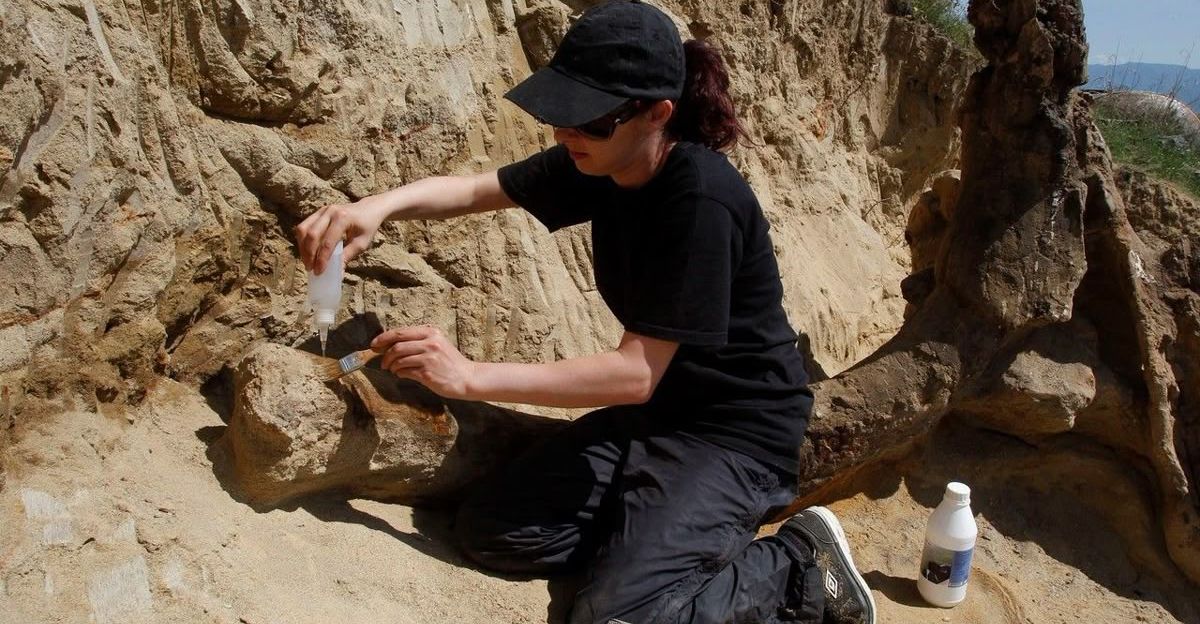
These fossils are rewriting evolutionary textbooks for researchers by providing an extraordinary, detailed glimpse into the Cambrian explosion. This discovery enriches the fossil record and equips paleontologists with valuable data to refine the timeline and mechanics of rapid evolutionary bursts, driving new research and debate in Earth sciences.
These fossils fill a major gap in our understanding of early animal life, providing rich material for curricula on evolution, climate change, and biodiversity. The opportunities are endless when it comes to what researchers might find next.
What’s Next for the Grand Canyon
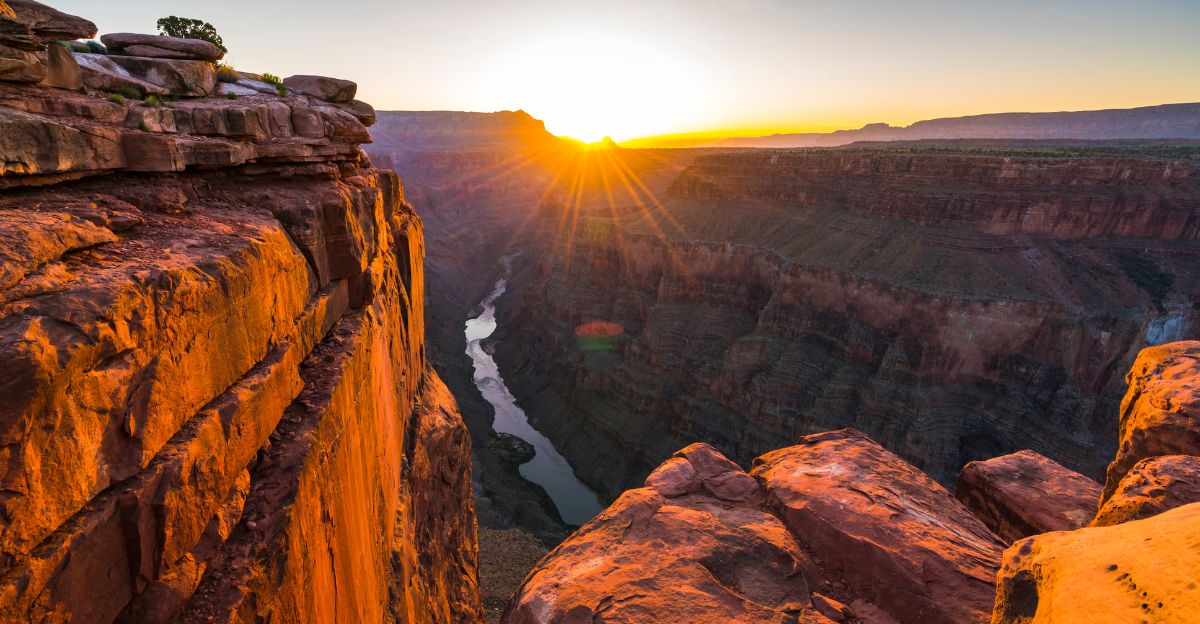
Scientists are already planning further expeditions to probe deeper into the canyon’s fossil-rich mudstones. Advanced analytical techniques are expected to be applied to future findings, potentially revealing not just unfamiliar species but new insights into early animals’ developmental biology and environmental interactions.
Ongoing collaboration between universities, museums, and public institutions will also ensure these fossils are thoroughly studied while enhancing their educational value.




